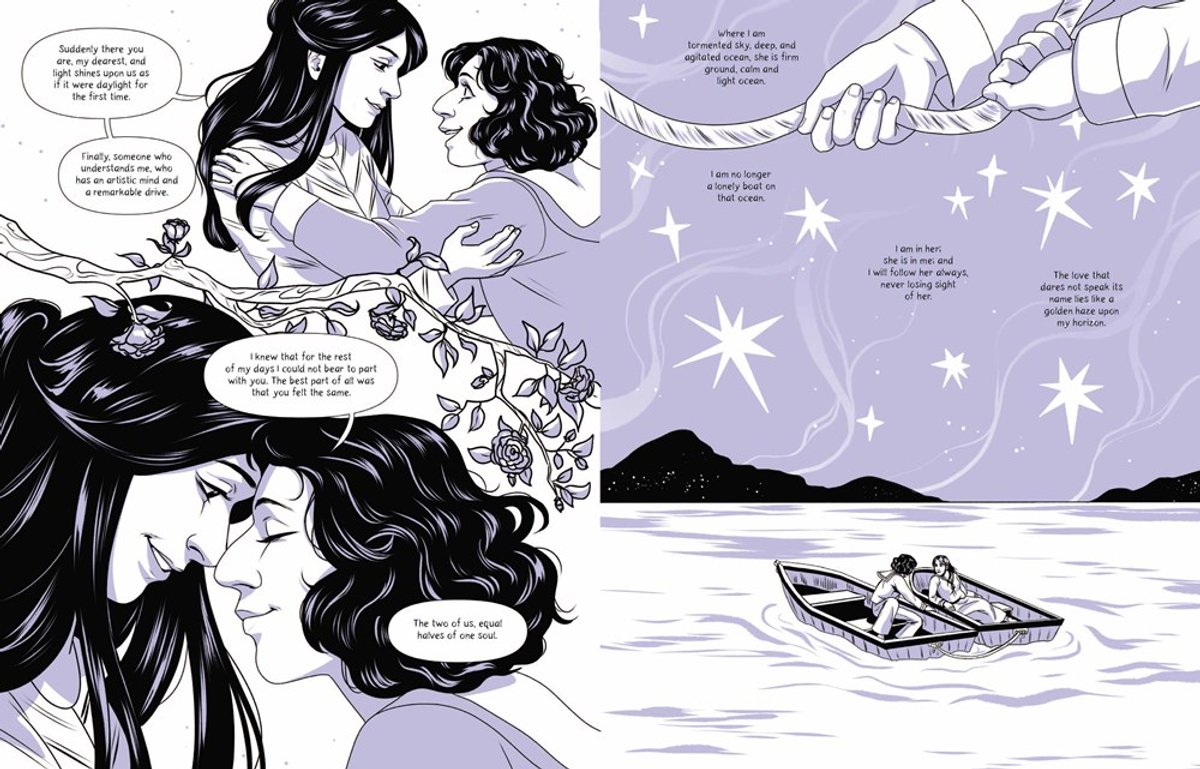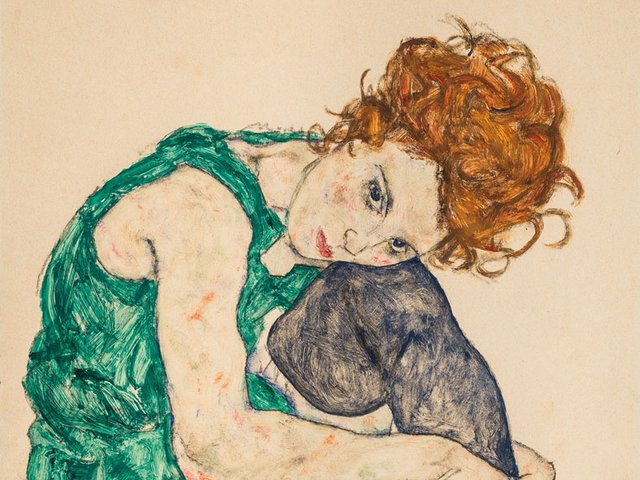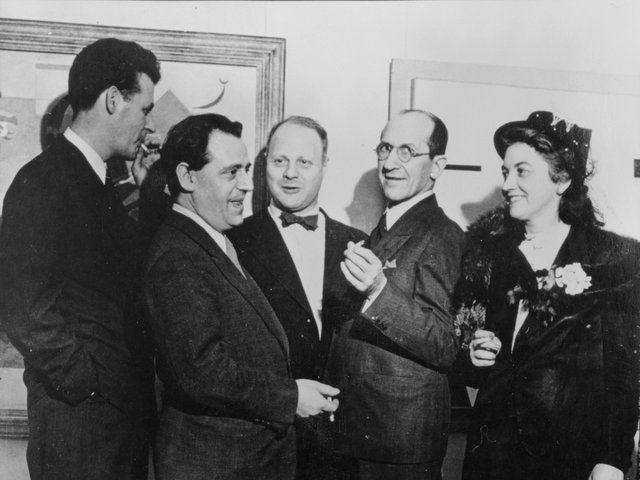Liberated: The Radical Art and Life of Claude Cahun, Kaz Rowe, Getty Publications, 96pp, $19.95 (hb)
The pioneering artists Lucy Schwob and Suzanne Malherbe—better known by their alter egos Claude Cahun and Marcel Moore—outfoxed the Nazis during the Second World War. This young adult graphic novel throws light on Cahun’s upbringing, her links to the Surrealism movement in 1920s Paris—a period when Surrealist André Breton would become a lifelong friend—and crucially how she and Malherbe, her partner, defied German invaders during the Second World War on the British Channel Island of Jersey. Parts of the novel also highlight how the pair challenged gender roles with, for example, Cahun saying: “Neuter is the only gender that always suits me… I wanted to shake off every chain society had ever placed on me.”
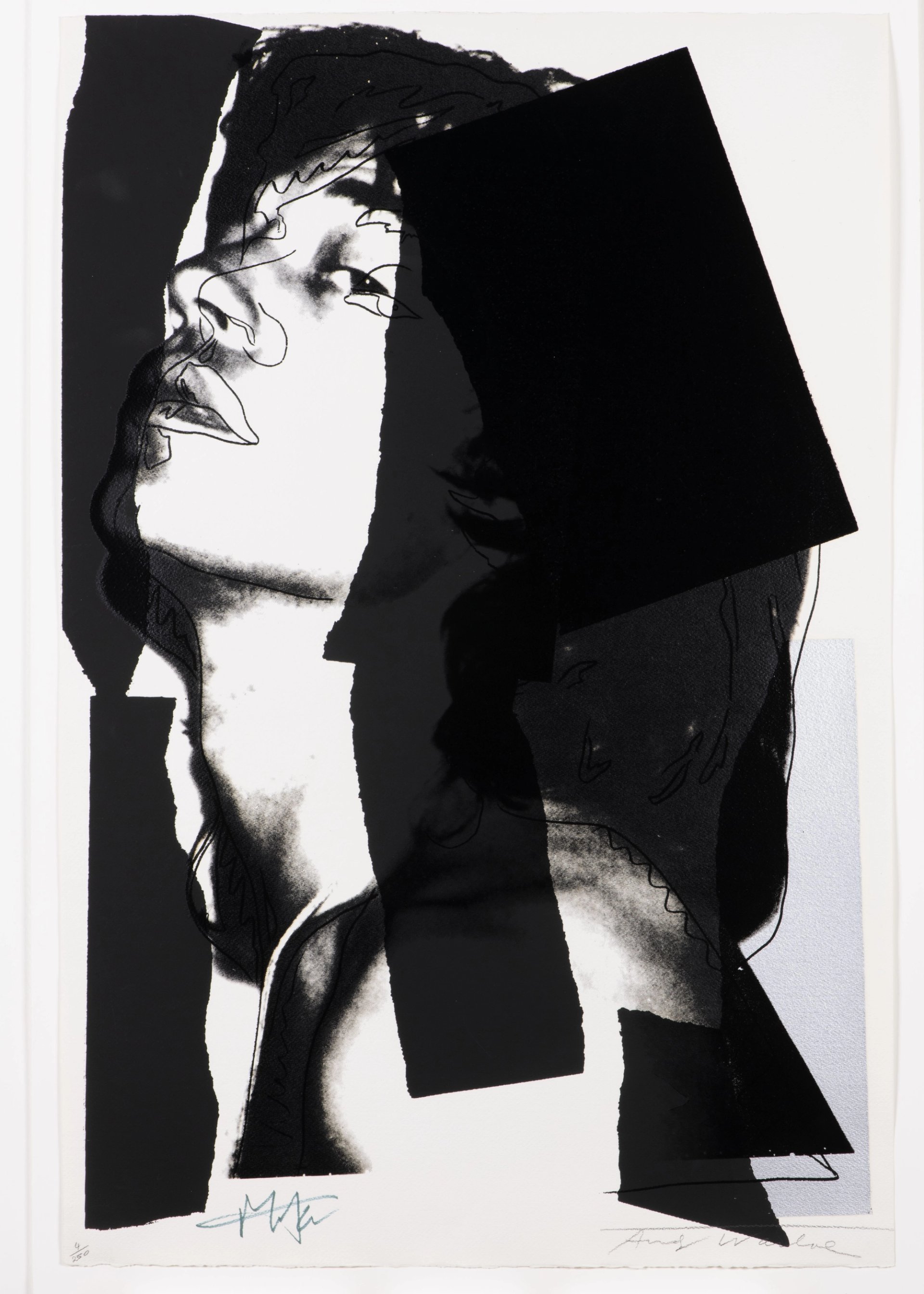
Andy Warhol, Mick Jagger, 1975
© 2023 The Andy Warhol Foundation for the VisualArts, Inc. / Licensed by ArtistsRights Society (ARS), New York
In A Time of Witness, DK Nnuro (editor), University of Iowa Stanley Museum of Art, 240pp, $70 (hb)
Poetry meets painting in this publication that brings together 31 celebrated poets and authors, including multiple Pulitzer Prize winners, who create literary works in dialogue with the encyclopaedic collection of the University of Iowa Stanley Museum of Art. The US author Carmen Maria Machado, creator of the memoir In the Dream House, responds, for instance, to Ana Mendieta’s 1977 work Thesis Triptych (Imagen de Yagul, Silueta Tehuana, and Ix-Chell), which formed part of the late artist’s MA thesis at the University of Iowa. Meanwhile A.M. Homes, whose publications include The Unfolding, responds to Andy Warhol’s Mick Jagger painting (1975) with the piece Eating Oysters with Andy–A Fictional Interview Based on Real Events.
The Circulating Lifeblood of Ideas: Leo Steinberg’s Library of Prints, Holly Borham (editor), Blanton Museum of Art, 164pp, $39.95 (pb)
The critic and academic Leo Steinberg amassed a vast collection of prints on his meagre salary as a part-time history professor, acquiring woodcuts, engravings and lithographs made mainly between 1500 and 1800. In 2002, Steinberg made waves when he sold his encyclopaedic holdings to the Blanton Museum of Art in Texas which launched an exhibition of the collection in 2021. “Steinberg’s scholarship and collecting ranged from Michelangelo and Leonardo to Diego Velázquez and Pablo Picasso… This collection is unique not only because of its broad scope but also for the way it allows a chronological exploration of technical developments in the history of prints,” writes Simone Jamille Wicha, the director of Blanton Museum of Art.
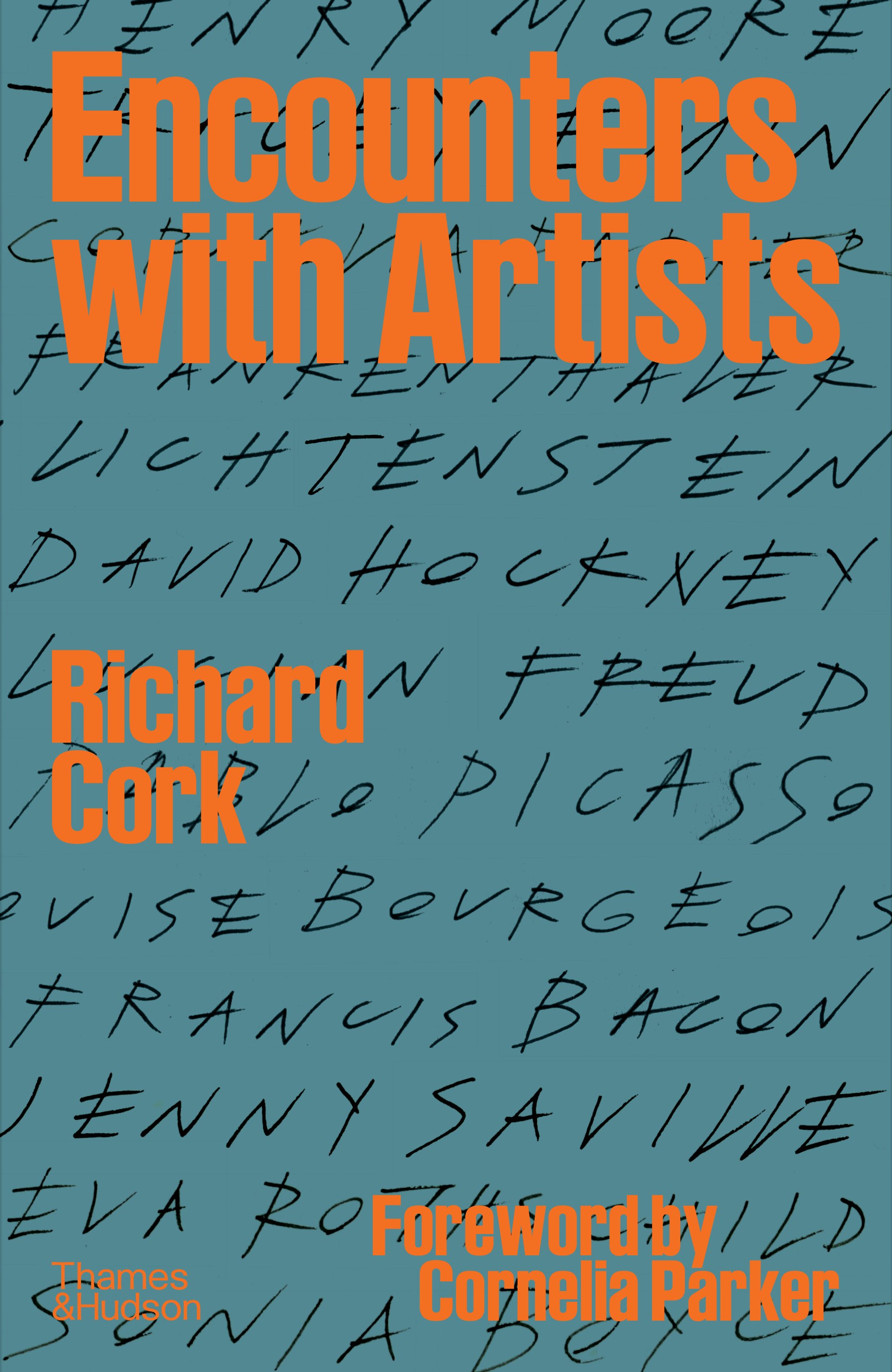
The cover of Encounters with Artists
Courtesy Thames & Hudson
Encounters with Artists, Richard Cork, Thames & Hudson, 224pp, £26 (hb)
The stalwart UK art critic Richard Cork, previously of The Times and Evening Standard, has been around the art world block. “Through a series of frank interviews, some scheduled, others serendipitous, he uncovers artists’ inner thoughts, anxieties and creative ambitions,” says a publisher’s statement. On meeting Picasso in 1965 at a café in Cannes, Cork describes his nerve-wracking encounter with the fabled octogenarian artist. “Nervously handing over my sketchpad and black pen, I watched him appraise the size of the page and then, with phenomenal speed, write his surname along the top,” Cork writes. Other artists receiving the Cork treatment include Jasper Johns, Louise Bourgeois, Sonia Boyce and Gerhard Richter.
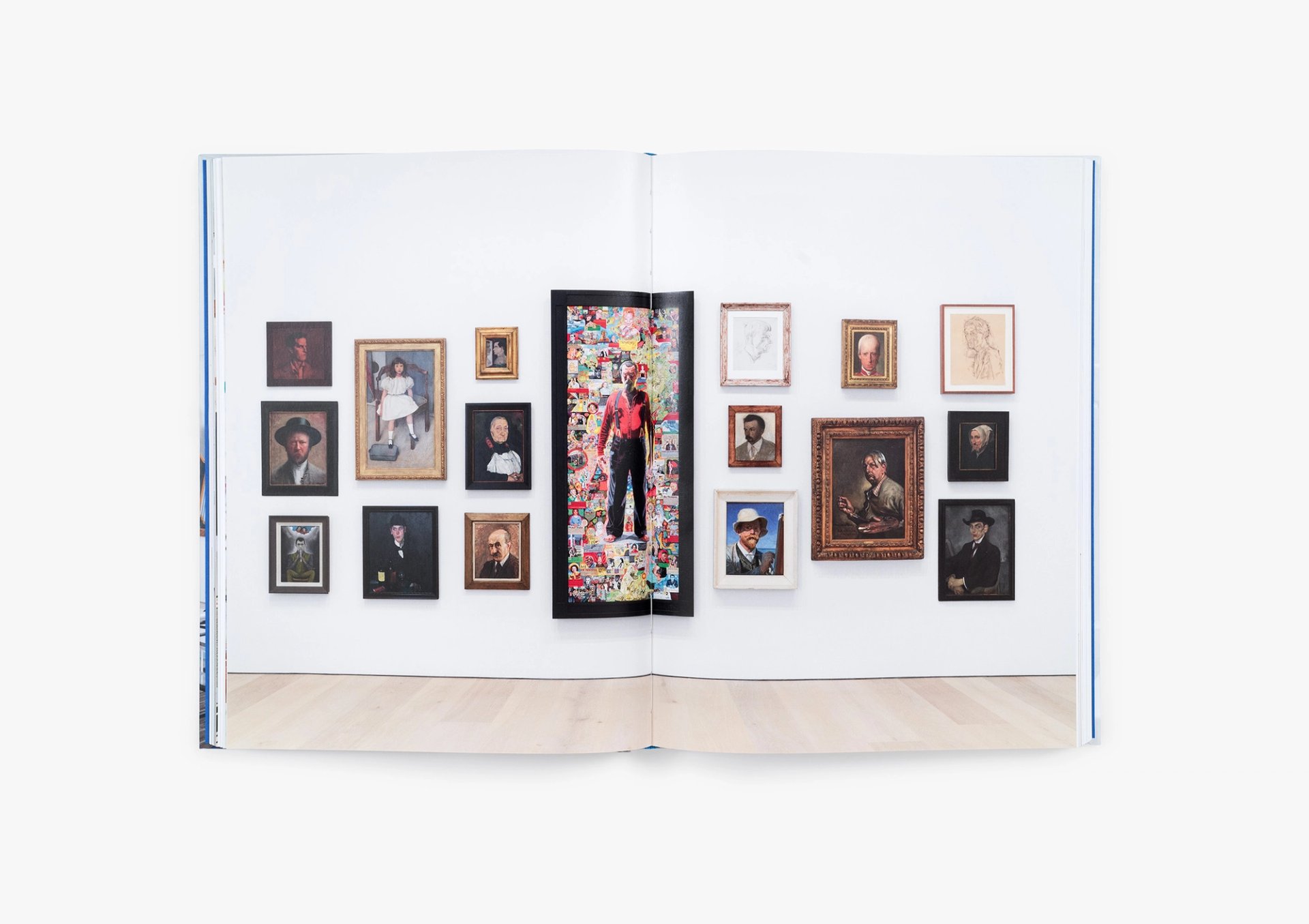
A spread from Seen in the Mirror: Things in the Cartin Collection
Photo: Madison Carroll; courtesy David Zwirner Books
Seen in the Mirror: Things in the Cartin Collection, Luke Syson and Steven Holmes (contributors), David Zwirner Books, 208pp, £55 (hb)
The New York-based collector Mickey Cartin is one of the original pioneers of collecting across categories, and has assembled a notable haul of Renaissance and Modernist paintings, Old Master prints, sculptures, illuminated manuscripts and contemporary works. An exhibition of Cartin’s collection at Zwirner gallery in New York in 2021 included works by artists such as Joseph Cornell, Giorgio Morandi and Sol LeWitt. “This publication includes additional works from Cartin’s trove along with views of his home, conveying how he lives and engages day-to-day with these works,” says a publisher’s statement. Texts by the curator of the Cartin Collection, Steven Holmes, and the director of the Fitzwilliam Museum in Cambridge, UK, Luke Syson, give further insights into Cartin’s collecting tastes and strategies.
Picasso’s War: How Modern Art Came to America, Hugh Eakin, Penguin, 480pp, $20 (pb)
This new paperback edition focuses on the exhibition Picasso: Forty Years of His Art at the Museum of Modern Art in New York in 1939, which transformed how audiences in the United States viewed Modern art. “For nearly 30 years, the effort to bring Modern art to the United States was continually impeded by war, economic crisis, and a deeply sceptical public. It was a project that might well have foundered, and almost did, but for the fanatical determination of a tiny group of people [such as MoMA founder, Alfred Barr],” Eakin writes. Louis Menand says in The New Yorker, meanwhile, that the publication “isn’t really about Picasso, or about war, or about art. Its subject is the creation of a market for a certain product, Modern art.”


